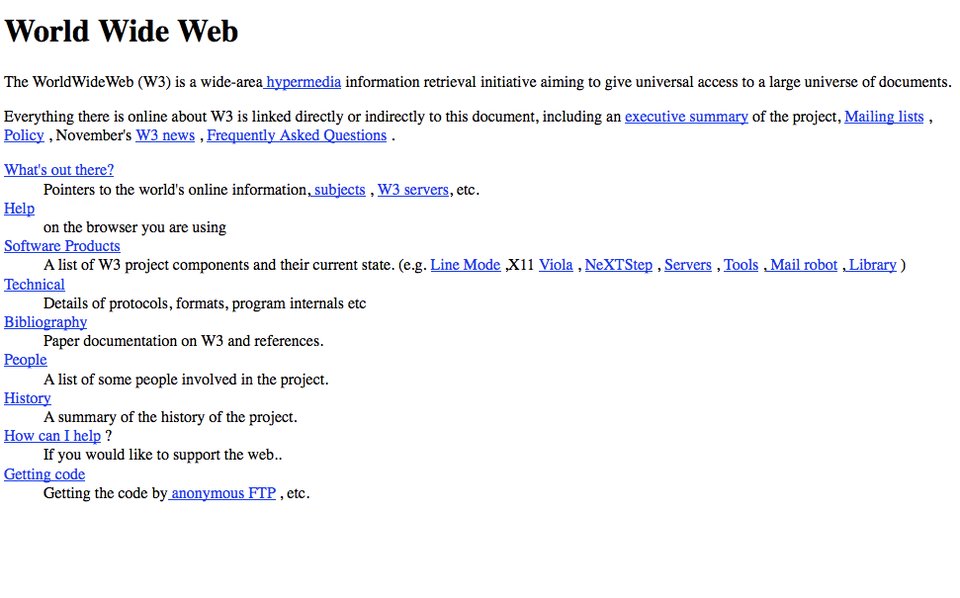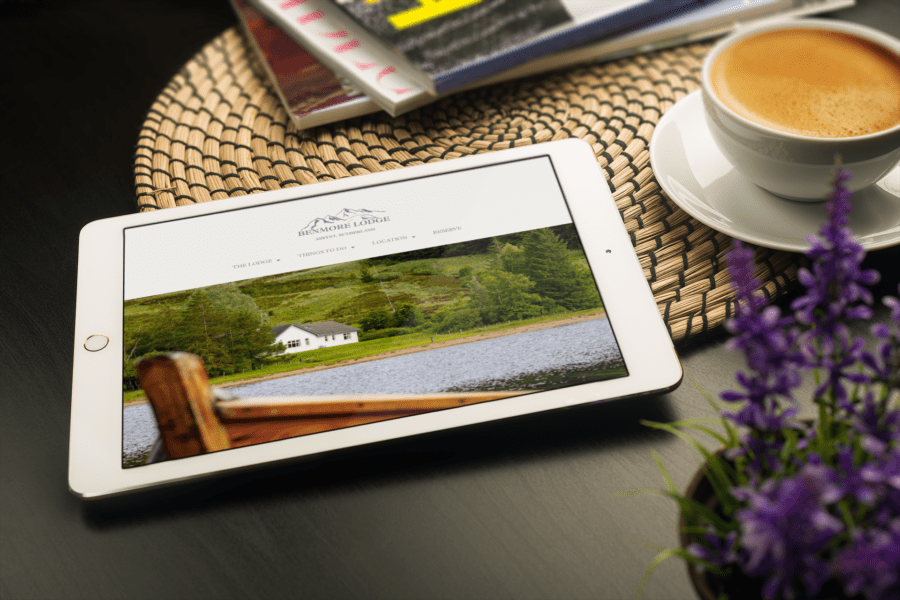What Is A Website?

It’s a simple enough question: what is a website? Or is it?
According to one definition, “A site or website is a central location of various web pages that are all related and can be accessed by visiting the home page of the website using a browser.” Now, that’s about as clear as mud to someone who doesn’t know the first thing about the internet. So let me try and explain it a little easier.
Imagine all the documents and photos you have at home, and you want to gather them together in a safe place, say a filing cabinet. Well, with regard to a website, the documents are the equivalent of text, and the photos are images. Now, having sorted out our documents/text and photos/images, we want to put them in files so that last year’s holiday snaps don’t get mixed in with this year’s. Again, it’s the same with regard to a website, as each page highlights or tells the viewer something different. The home page (the first page a viewer sees) is usually a summary of what the website is about and contains. So, in essence, a website is the equivalent of a collection of documents and photos held in files in a lockable filing cabinet.
Interestingly, the first website was launched 28 years ago (doesn’t time fly) on 6th August 1991 by Tim Berners-Lee; it was built at CERN, and it still remains today. It looked like this.

Sir Berners-Lee has a lot to answer for, as it was he who invented the World Wide Web (www). Some people hypothesise about the merits of the internet as we know it today, but that is for another day. Today, we are looking at what is a website.
In the last 28 years since the first website was launched, we now have approx. 1.3 to 1.8 billion websites (Jan 2018). Many either lie dormant or have very few visitors, but nevertheless, they are still websites, hence their inclusion.
To access a website, you need a browser such as Google or Bing. The browser is sometimes called a search engine, which, in many ways, explains what it does. The first and most widely used browser that helped bring popularity to the internet was NCSA Mosaic.
Essentially, to find something, you type it into the browser’s search bar, and the search engine will then present you with various websites and images you can click on and view. Alternatively, if you know the website address (also know a URL, which is short for Universal Resource Locator, you can put it in the address bar (it’s at the top of your browser). For example, if you wanted to find this website, you would type “https://www.squigglewebdesign.co.uk. “This would take you to my home page.
People sometimes get web pages and websites mixed up, so to go back to my filing cabinet example, a web page is a file containing text and images. A website is the filing cabinet containing the files/web pages. Squiggle Web Design is a website that contains lots of pages, this being one of them.
Finally, one thought is the internet and websites, per se, taking over from businesses that have a physical presence. Well, yes and no. In the yes corner, you only have to listen to the news to hear of a large business, normally retail, failing, and one of the reasons given is more people are shopping online. So yes, the High street is changing. Smaller shops cannot compete with large multinational stores, or can they? On the flip side, the internet has been a lifeline to main physical businesses as it has let them expand their market not just to local customers but to national and international customers. Therefore, having an online presence is essential to them. Also, many businesses, while they may only have an internet presence, still have a warehouse for their stock, and they need staff to deal with it.
The world has changed due to the internet. It is a much smaller place now, and it certainly will be interesting to see where it takes us in the next 28 years.



